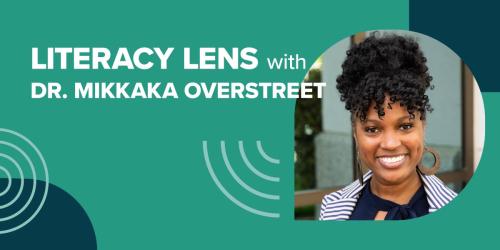How Indiana Schools Are Strengthening the Dual Credit Teacher Pipeline

In schools across the United States, dual credit programming is opening doors for students. With dual credit courses, high school students can simultaneously earn high school and college credit, experiencing the rigor of postsecondary academics and getting a head-start on graduation at well below the cost of college tuition. As students begin to understand the world of possibilities before them, having some college credit can help them feel more confident about pursuing ambitious goals after high school.
But giving students access to dual credit courses is not simple, in part because there are not enough educators to teach them. In states like Indiana, high school teachers need additional college coursework to earn dual credit credentials—and supporting teachers to take those extra steps has been a challenge.
What Will Incentivize Indiana’s Teachers Toward Dual Credit?
The Center of Excellence for Leadership in Learning (CELL) at the University of Indianapolis has been helping build Indiana’s pool of dual credit teachers for years. CELL’s executive director, Carey Dahncke, worked with partners across the state on different strategies to help teachers earn their dual credit credentials, including making tuition free for the required graduate-level coursework. But even after the financial barrier was removed, not enough teachers were lining up to enroll.
Carey and his colleagues realized they needed more information to build a system that supports dual credit teachers. “We asked ourselves, ‘What really needs to happen to incentivize teachers and incentivize schools to create the right conditions so that we get a nice pool of teachers to fill this need?’”
Dual credit is an important evidence-based strategy to improve outcomes and increase equity.
Identifying Barriers to Teaching Dual Credit
To answer these questions, CELL partnered with Education Northwest to conduct a study exploring how to strengthen Indiana’s dual credit teacher pipeline. The study team went directly to teachers and school-level administrators to hear their perspectives. “This report was informed by experiences, effective practices, and needs and barriers faced by our education practitioners,” said report co-author Tracy Butler, senior coordinator of postsecondary readiness at CELL. “The content, the solutions, and the recommendations came from the field, and that’s ultimately the audience for the report as well.”
Through their research, the study team identified five key barriers that prevent teachers from becoming or remaining credentialed to teach dual credit:
- Time
- Cost
- Navigating the process
- Feelings of isolation
- Limited awareness of the impact of dual credit on students
Addressing these barriers can help teachers feel supported and valued as they take the extra steps to provide high-quality dual credit opportunities for students. To help schools in this work, the report makes several recommendations, including offering financial and nonfinancial incentives and building partnerships with institutions of higher education to provide teachers with support and clear guidance.
Creative Solutions and Incentives From the Field
The study team also found that some schools in Indiana are already taking action to address the five barriers identified in the report, either through formal school policies or informal agreements with teachers. More than 70 percent of surveyed schools offered teachers some financial incentive to engage in dual credit—often a stipend or step on the salary scale. Many schools also provided creative nonfinancial incentives, such as an additional prep period for teachers taking coursework towards their credential or opportunities to connect with their peers who teach dual credit.
The widespread commitment to engaging dual credit teachers shows how highly Indiana schools value dual credit opportunities as a benefit to their students, their school community, and the communities they serve.
“Schools have so much commitment and belief in the power of dual credit for students,” said Tracy. “They are innovating in exciting ways to address those five barriers. The main innovation is figuring out how to get the financial incentives on the table. Schools are funding them in all kinds of different ways. It takes some creativity with the budget to be able to offer those.”
Takeaways for Schools Across the Country
While this study focuses on the experiences of teachers and schools in Indiana, the findings and solutions also apply in other states looking to expand dual credit opportunities for students.
“Dual credit is an important evidence-based strategy to improve outcomes and increase equity. But there are so many financial challenges to implementing it,” said Michelle Hodara, an Education Northwest researcher focused on college and career pathways. “This was our first time working in Indiana, and we were interested in understanding their dual credit landscape and the many innovative solutions practitioners are testing in their schools.”
For more findings and recommendations, download the full whitepaper.



